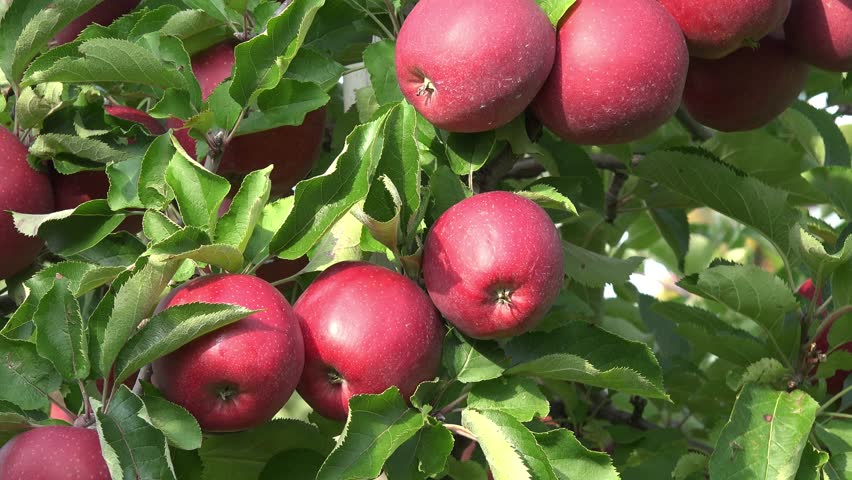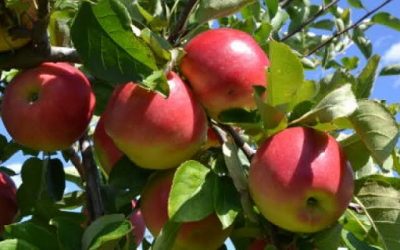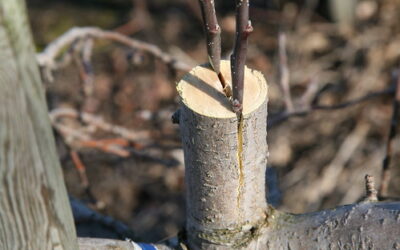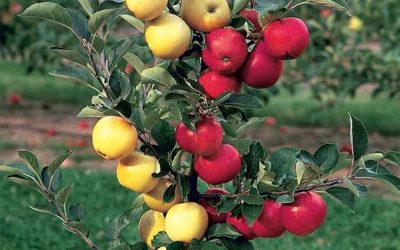Why Apple trees may not bear fruit every year.

Gathering apples only once every two or more years is frustrating, but there are several solutions to this problem. Apple trees sometimes crop bi-yearly, known as biennial bearing, due to bad conditions or excessively heavy or light crops. Some apple varieties are more prone to biennial bearing than others.
Thinning
Apple trees usually grow too much fruit. If all the apples on a tree grow to maturity, the tree exhausts itself and produces a much-reduced crop the following year. Home gardeners need to be ruthless about thinning young fruit in early summer so that next year’s crop is normal. Thinning involves removing the smallest fruits, leaving one per cluster. A simple guide is to leave one fruit to every 40 to 75 leaves, and fruit should be evenly spaced along the branch.
Conditions
Conditions that prevent apple trees from cropping normally can begin a biennial bearing habit. Prolonged stress from inadequate water or nutrients severely reduces apple crops, and this causes trees to blossom and fruit excessively the following year. Adequate watering and application of fertilizer can help alleviate this problem. Bad weather conditions can also affect crops. Apple trees that lose blossom in a storm or cold snap bear a reduced or no crop one season and an excessively heavy crop the next.
Varieties
Some apple varieties are more likely to become biennial bearers than others. Two varieties known for this are Braeburn and Sierra Beauty. Early-cropping varieties are also at risk and need thorough thinning. To grow normal-sized apples, early-cropping varieties need a high ratio of leaf to fruit — more than 75 leaves to each fruit left on the tree — or they can blossom excessively the following year, resulting in biennial bearing.
Other Causes
Two causes of reduced apple tree crops are poor pollination and incorrect pruning. Many apple trees need a compatible partner for successful pollination. Lack of blossoms on one tree, perhaps due to bad weather or the tree dying or being cut down, can result in reduced fruit on its pollination partner. It’s also possible to prune away the areas of a tree where fruit grows. This applies to tip-bearers or trees that bear fruit at the end of stems.


